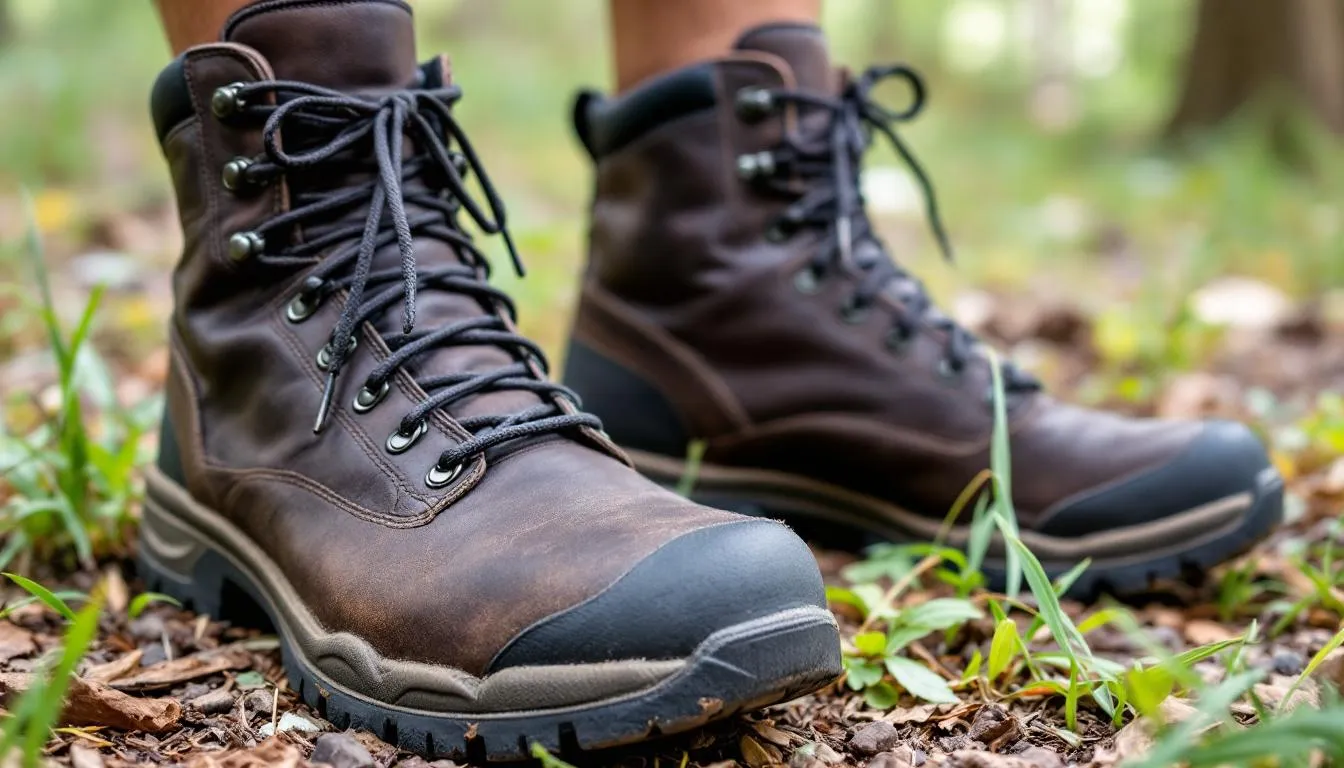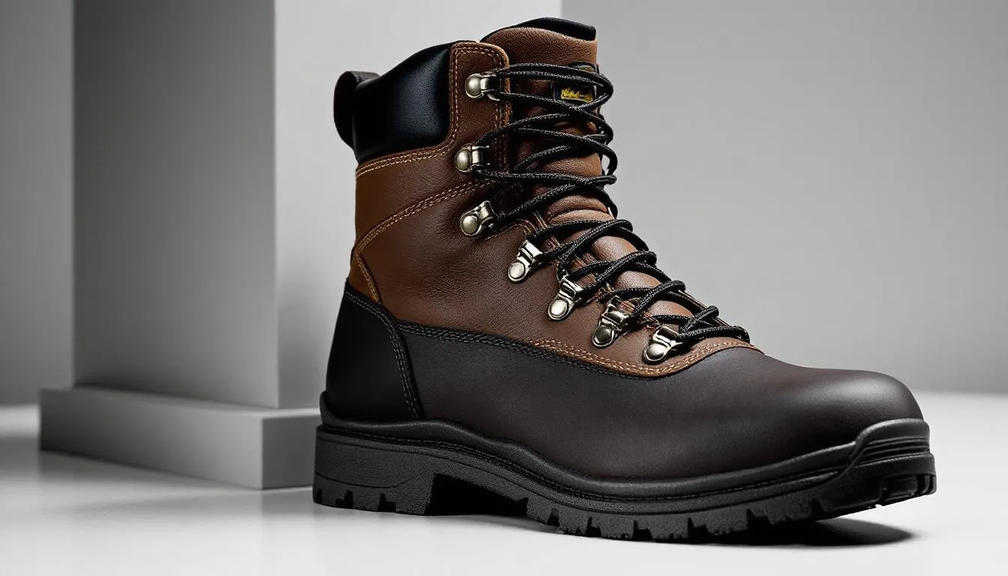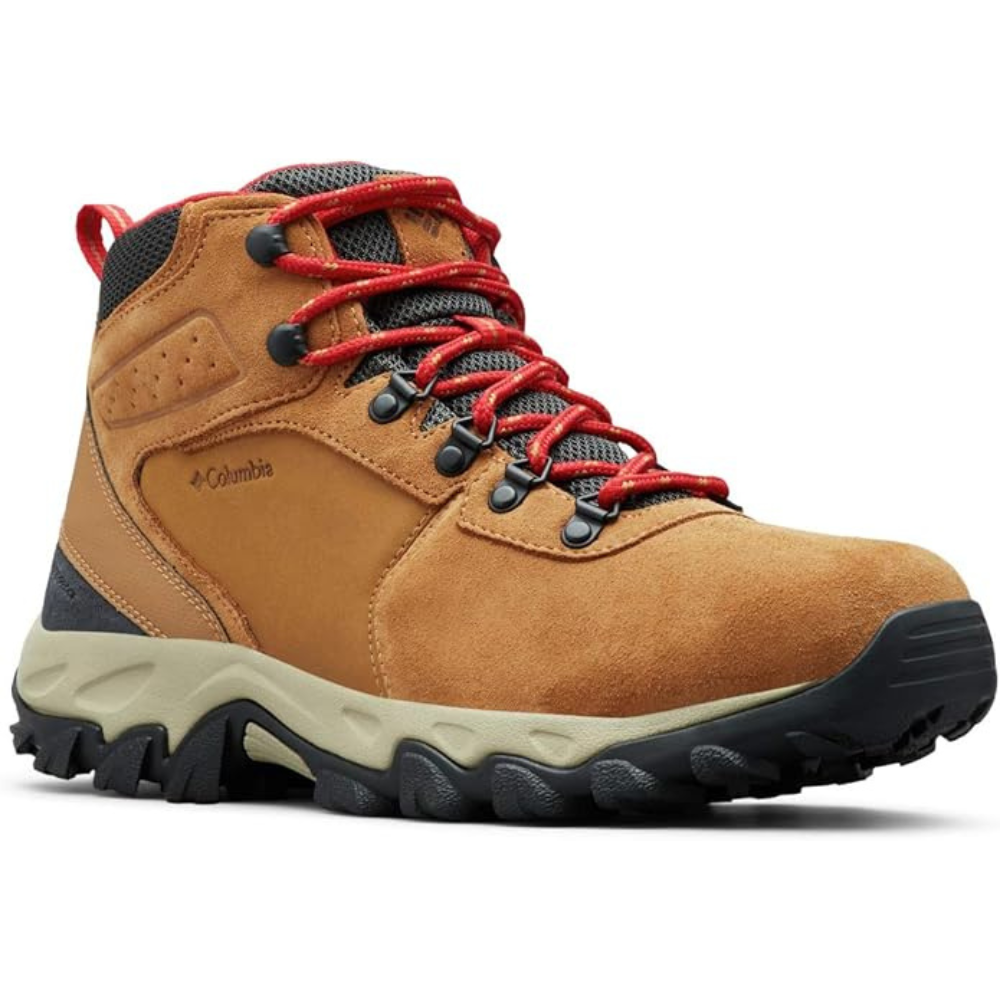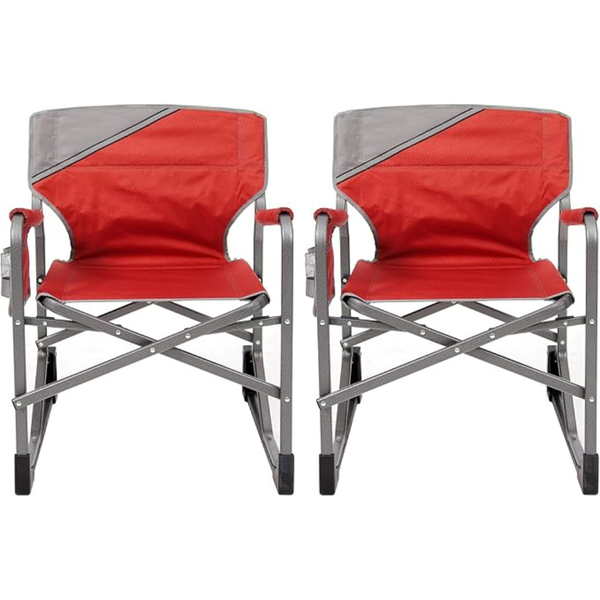Key Takeaways:
Versatility and Durability: Explore the top hiking work boots that combine comfort, durability, and style to support all your outdoor activities.
- Proper Fit and Support: Discover how to select boots that offer a comfortable fit, excellent ankle support, and accommodate various foot shapes and widths.
- Material and Construction: Learn about the importance of durable materials like leather and nylon, along with features such as waterproof uppers and cushioned insoles designed to handle tough terrains.
Introduction to Hiking Work Boots
When you hit the trail, dependable footwear is a must. The best hiking work boots provide more than just style—they deliver performance, comfort, and lasting durability. Built with rugged materials and expert craftsmanship, these boots are designed to endure the harshest conditions. Whether trekking through remote South American landscapes or navigating muddy local trails, the right pair makes all the difference.
Choosing the right boots is like finding a reliable companion for your outdoor adventures. They protect your feet, keep them dry, and offer the stability needed to tackle challenging terrain. Exceptional comfort is essential for long hikes, featuring supportive uppers, cushioned insoles, and lightweight materials that keep you comfortable every step of the way. This guide will highlight the key features that define great hiking boots and help you find the perfect fit.
Understanding the Importance of a Proper Fit
Getting the right fit is crucial when picking hiking boots. A well-padded heel area helps prevent blisters and ensures comfort during extended wear. It’s not just about avoiding discomfort; it’s about providing support and keeping your feet pain-free during long hours on the trail. Boots that are too tight can cause irritation, while those too loose may lead to instability and increase injury risk.
When shopping, take your foot shape and width into account. Some boots are designed specifically for wider feet, while others suit narrower profiles. Trying on various styles and models will help you find the ideal match. Remember, a comfortable fit is key to fully enjoying your outdoor excursions.
The Role of Ankle Support
Ankle support is a vital feature in hiking boots, especially when carrying heavy loads or traversing uneven ground. Boots with sturdy ankle support help prevent injuries and provide the stability needed on rough terrain. Look for boots with a higher cut that securely wrap around your ankle, offering both protection and support.
The lacing system also plays an important role. A secure lacing mechanism keeps your boots snug and supportive throughout your hike, which is especially important when climbing steep inclines or navigating rocky trails where stability matters.
Materials Matter: Leather vs. Nylon
The choice between leather and nylon greatly affects your hiking boots’ performance. Leather boots are valued for their durability and their ability to mold to your foot over time. They offer excellent protection against the elements, making them ideal for rugged terrain and wet conditions.
Conversely, nylon boots are lighter and more breathable, perfect for warmer climates or less demanding trails. Often featuring mesh panels, they help keep your feet cool and comfortable. Both materials have distinct advantages, so choose based on your specific needs and the environments you’ll encounter.

Waterproof Uppers: Keeping Feet Dry
One of the most essential features of hiking boots is their ability to keep your feet dry. Waterproof uppers are crucial for wet conditions, ensuring your feet stay comfortable and dry throughout your hike. Look for boots with waterproof membranes or treatments that effectively block water.
In addition to waterproofing, breathability is key. The best hiking boots allow moisture to escape, preventing sweaty, uncomfortable feet. Striking the right balance between waterproofing and breathability is vital for comfort in changing weather.
The Importance of Cushioned Insoles
Cushioned insoles greatly enhance hiking boot comfort. They absorb shock and reduce fatigue during long hikes. Opt for boots with removable insoles so you can customize cushioning to your liking.
Insoles also improve the overall fit by filling gaps and providing a snug, supportive feel. Whether you’re on a short day hike or a multi-day trek, cushioned insoles are essential for comfort and performance.
Tackling Challenging Terrain
Hiking boots are made to handle various terrains, from rocky paths to muddy trails. The outsole is critical for traction and stability. Choose boots with rubber outsoles that provide excellent grip on wet and dry surfaces. Outsoles that resist slipping help keep you secure on slippery or uneven ground.
Pay attention to the tread pattern as well. Deep, aggressive treads offer the traction needed to prevent slips and falls on difficult terrain. Whether exploring remote backcountry or local trails, the right outsole makes all the difference.
Lightweight vs. Heavyweight Boots
Boot weight influences comfort and performance on the trail. Lightweight boots are perfect for fast-paced hikes or easier trails, offering flexibility without sacrificing support. They often use breathable, lightweight materials to keep your feet cool.
Heavyweight boots offer extra protection and support, suitable for carrying heavy loads or tackling rugged terrain. Consider your hiking style and gear needs when choosing boot weight.
Versatility in Styles and Models
Hiking boots come in a range of styles and models to fit different needs and preferences. From low-cut shoes for casual hikes to high-cut boots for serious trekking, there’s a style for everyone. Pick one that matches your hiking plans.
Beyond style, explore the features different models offer. Some provide extra padding for comfort, while others emphasize ankle support for tough conditions. Explore your options to find the best fit for your adventures.
The Role of Construction in Durability
Construction quality greatly impacts hiking boots’ durability and performance. Features like composite toes enhance protection and toughness, making boots suitable for demanding work environments. Look for boots with strong construction that can withstand trail challenges. Safety toe features protect your feet while ensuring comfort and longevity. Reinforced stitching and tough materials further extend boot lifespan.
Sole construction is also important. A well-built sole provides support and cushioning for long hikes, reducing fatigue and improving comfort. Durable boots are essential for any outdoor adventure.
The Benefits of a Secure Lacing System
A secure lacing system is key to maintaining fit and support. Choose boots with reliable lacing that lets you adjust the fit as needed. This is especially important on difficult terrain where stability is critical.
A good lacing system also enhances comfort by allowing a customized fit. On rocky or muddy trails, secure lacing keeps your boots snug and supportive.
Exploring Width Options for a Comfortable Fit
Selecting the right width is essential for comfort. Some boots cater to wide feet, while others fit narrow feet better. Know your foot shape and try various styles to find the perfect fit.
Width, combined with overall fit, ensures you enjoy your outdoor activities without discomfort. Whether on short hikes or long treks, the right width provides stability and comfort.
The Impact of Cushioning on Performance
Cushioning improves hiking boot performance by absorbing shock and reducing fatigue. Look for boots with cushioned insoles that provide ample support.
Consider overall boot construction as well. Well-cushioned boots offer the support and comfort needed for extended time on the trail. Cushioning is key to better performance.
The Versatility of Leather and Nylon
Leather and nylon remain popular hiking boot materials. Leather offers durability and molds to your foot, providing excellent protection. Nylon is lightweight and breathable, ideal for warm weather or less demanding trails. Both have advantages—choose based on your needs and conditions.
The Importance of Waterproof Features
Waterproofing keeps feet dry in wet conditions. Look for boots with full waterproof membranes or effective treatments to block moisture.
Also, consider breathability to avoid sweaty feet. The right combination of waterproofing and breathability keeps you comfortable in all weather.
The Role of Ankle Support in Stability
Ankle support prevents injuries and provides stability, especially when carrying heavy loads or on uneven terrain. Boots with higher cuts that wrap around the ankle offer essential protection and support.
Secure lacing systems help maintain snug support, crucial on steep or rocky paths.
The Benefits of a Lightweight Design
Lightweight boots enhance comfort and performance, perfect for fast hikes or easier trails. They offer flexibility and breathability.
Well-designed lightweight boots still provide support and cushioning, reducing fatigue and improving comfort on the trail.
Exploring Different Styles and Models
Hiking boots come in diverse styles and models to suit various needs. From low-cut to high-cut designs, choose what fits your hiking plans.
Check features too—some boots offer extra padding or ankle support for challenging conditions. Explore options to find your perfect pair.
The Importance of a Secure Lacing System
A reliable lacing system is essential for fit and support. Select boots that allow easy adjustment to keep them snug on tough terrain.
Good lacing enhances comfort by customizing fit, crucial for rocky or muddy trails.
The Role of Construction in Durability
Durable construction ensures boots withstand trail demands. Look for reinforced stitching and sturdy materials.
A well-made sole supports and cushions, reducing fatigue. Durable boots are vital for any hiking adventure.
Summary
Choosing the best hiking work boots requires careful consideration of fit, materials, and features. A roomy toe box is essential for comfort on long hikes. From rugged trails in South America to local paths, the right boots elevate your outdoor experience. Prioritize comfort, durability, and protection to keep your feet dry and supported wherever you go.
FAQ Section
What are the key features to look for in hiking boots?
Look for waterproof uppers, cushioned insoles, and strong ankle support to ensure comfort and protection on various terrains.
How do I ensure a proper fit for my hiking boots?
Consider your foot shape and width, try different styles, and make sure there’s enough toe room for comfort.
Are leather or nylon boots better for hiking?
Both have benefits: leather offers durability and protection; nylon is lightweight and breathable. Choose based on your needs and conditions.








Member discussion